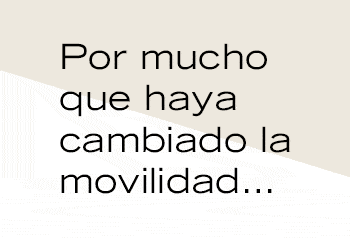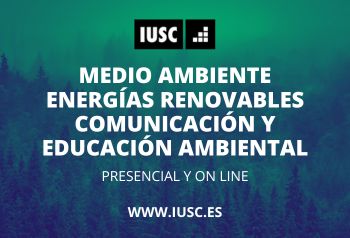From Ecologista en Acción they remind the Castilla-La Mancha board, that as they have already alleged in writing, the processing of two projects in El Robledo (Ciudad Real) about which public statements have recently been made by the Ministry of Sustainable Development , violates the moratorium on macrofarms.
Given the recent statements by the Minister of Sustainable Development stating that two projects are being processed in El Robledo (Ciudad Real) for 1990 heads of fattening pigs, and preparing the scope document for the ordinary environmental assessmentthe branch of the Ciudad Real NGO wants to remember, as alleged in writing in the first public consultations.
They explained that these two projects are located on adjacent land owned by the same developers (Ibéricos Vallehermoso SL), only 1000 meters apart between the slurry ponds, while other facilities are located at a closer distance. It is therefore a single project of 3,980 pigs divided into two to circumvent the current moratorium on macro farms until December 31, 2024, and with the stated intention of expanding the facilities in the future.
On the other hand, the Minister of Sustainable Development tells us that Law 2/2020 on Environmental Assessment of Castilla-La Mancha has been modified so that, prior to the environmental assessment, the municipalities present a report on the urban qualification of the project, indicating, in a justified manner, if there is any environmental condition to grant said rating.
Macro farms are not sustainable
This represents a contradiction with the objective and preventive procedure of environmental evaluation of the macrogranjas since it is in this process that citizens must mainly intervene, guaranteeing its publicity and informed and interpreted participation at the basic level of knowledge of the population. What normally happens is that city councils neither inform their citizens of the projects that are being evaluated nor do they provide understandable information or procedures for the population to make a decision.


The environmental evaluation must be prior to the urban qualification so that the city council and the population can make a sufficiently informed decision. In our opinion, this modification of the Environmental Assessment Law means, contrary to the objective of improving public participationfor which only one publication in a newspaper is established, an impediment to the modification of the municipal urban planning with which to avoid projects harmful to citizens and the environment.
The technical and political people responsible for the processing of these macrogranjas have let the two projects pass, even though one of them is located less than 2 km away from the village of Las Tiñosillas, so it should not have been admitted as it is within the minimum legal distance to populationsas initially stated by the Provincial Delegate of Sustainable Development to representatives of the neighborhood groups.
At the same time, it is implicitly recognized that it is a single project by requiring the evaluation of the synergistic effects of the two projects at the same time, that is, 3,980 heads of pigs from the same promoter and on adjacent plots of his property, a higher amount to what is established in the moratorium. Among these effects it should be study odor pollution in towns near macrofarms and places of tourist interest, and contamination by slurry leaching from crops to the Bullaque River, a protected area of the Natura 2000 network located 600 meters from one of the project, and use real figures for pigs between 100 and 150 in the calculations. kg weight.
The permissiveness of the Ministry of Sustainable Development to the fragmentation of projects is a fact reported in other cases of macrogranjas and photovoltaic power plant projects. Thus, the JCCM positions itself in favor of the meat industry, ignoring the law, health, the economy and the protection of the environment of this region.
Macrofarms are a scourge that must be fought from all possible angles, since it is disastrous for the well-being of the animals involved, it is a source of very important pollution for the air, water and the environment and there is absolutely nothing sustainable about it.

